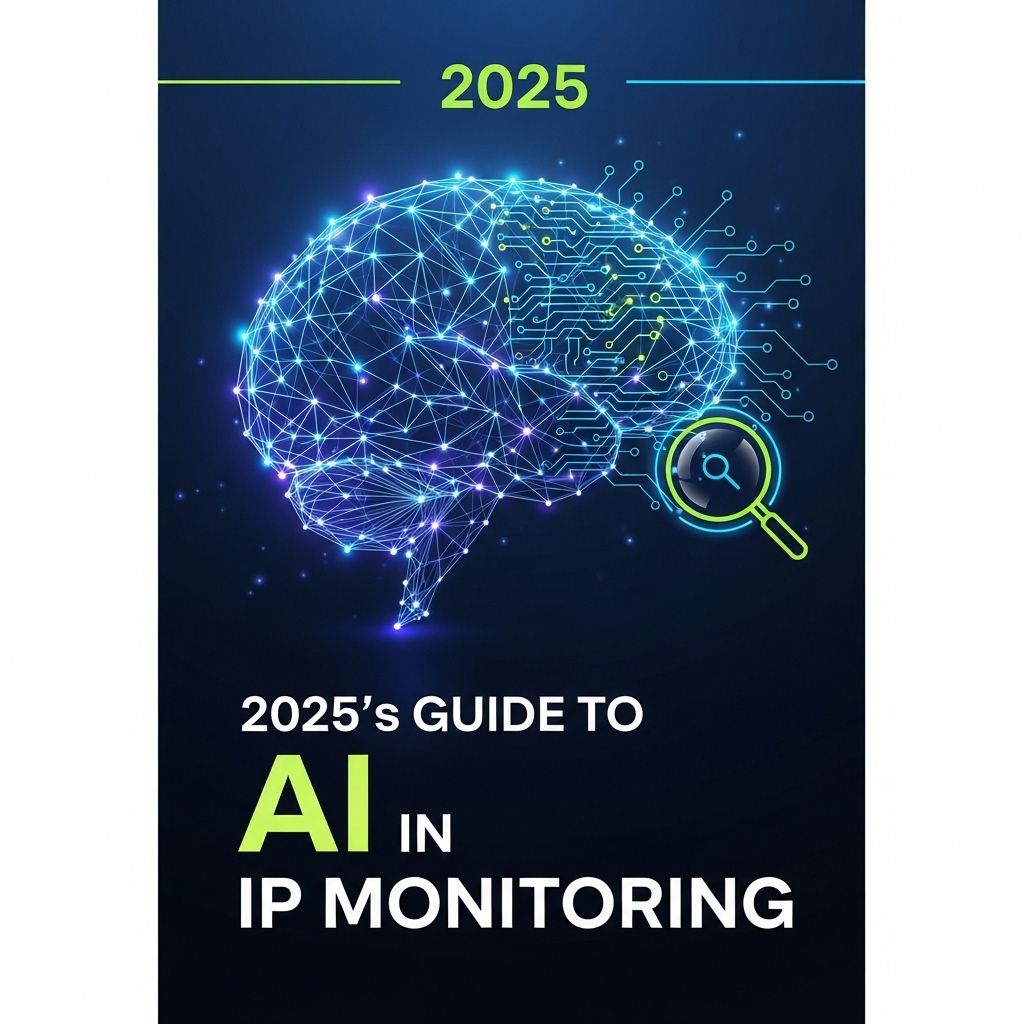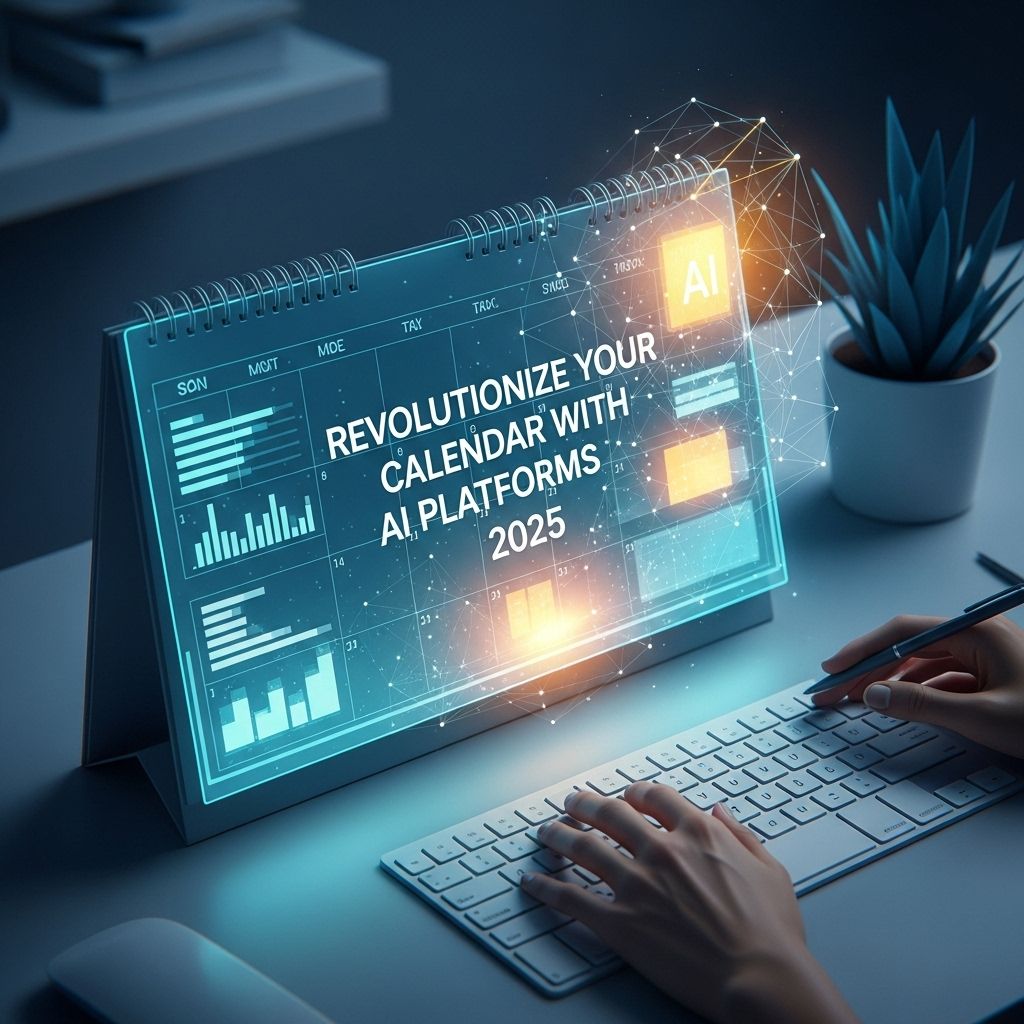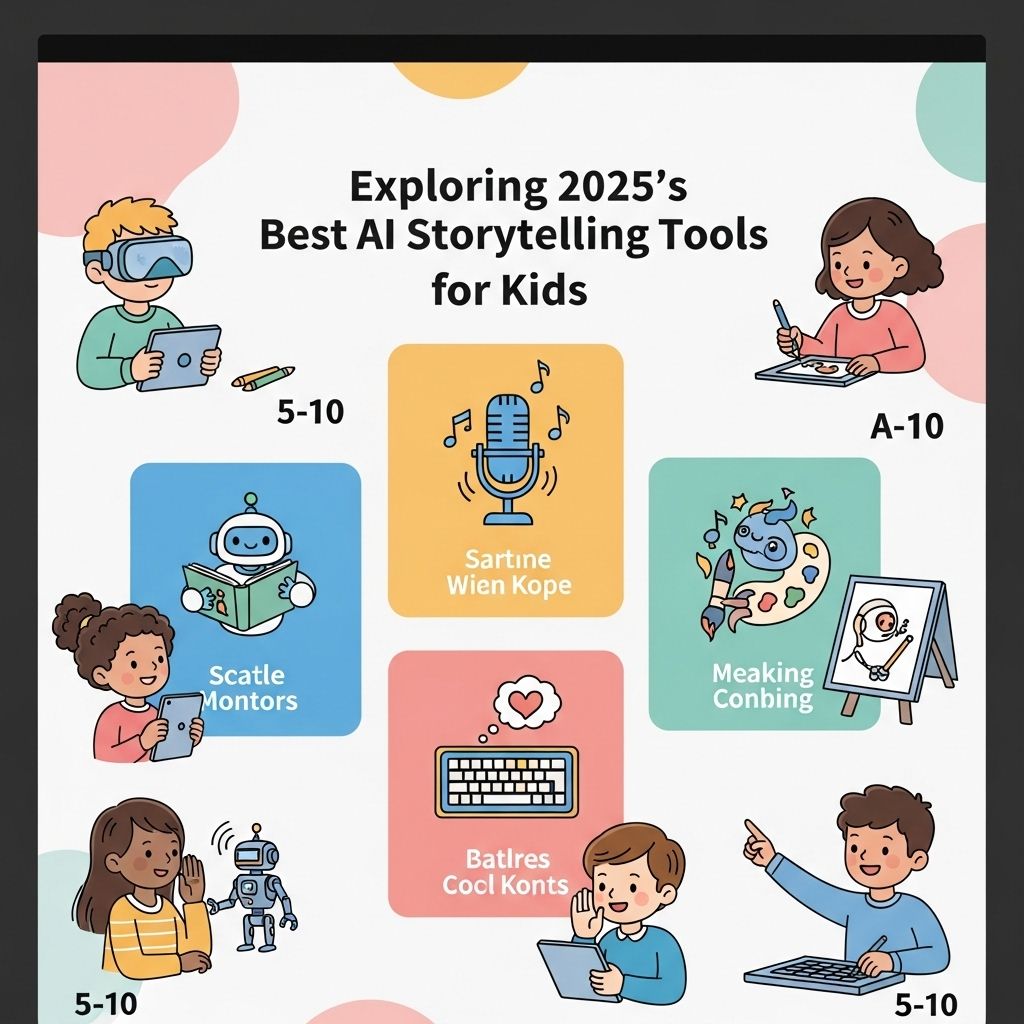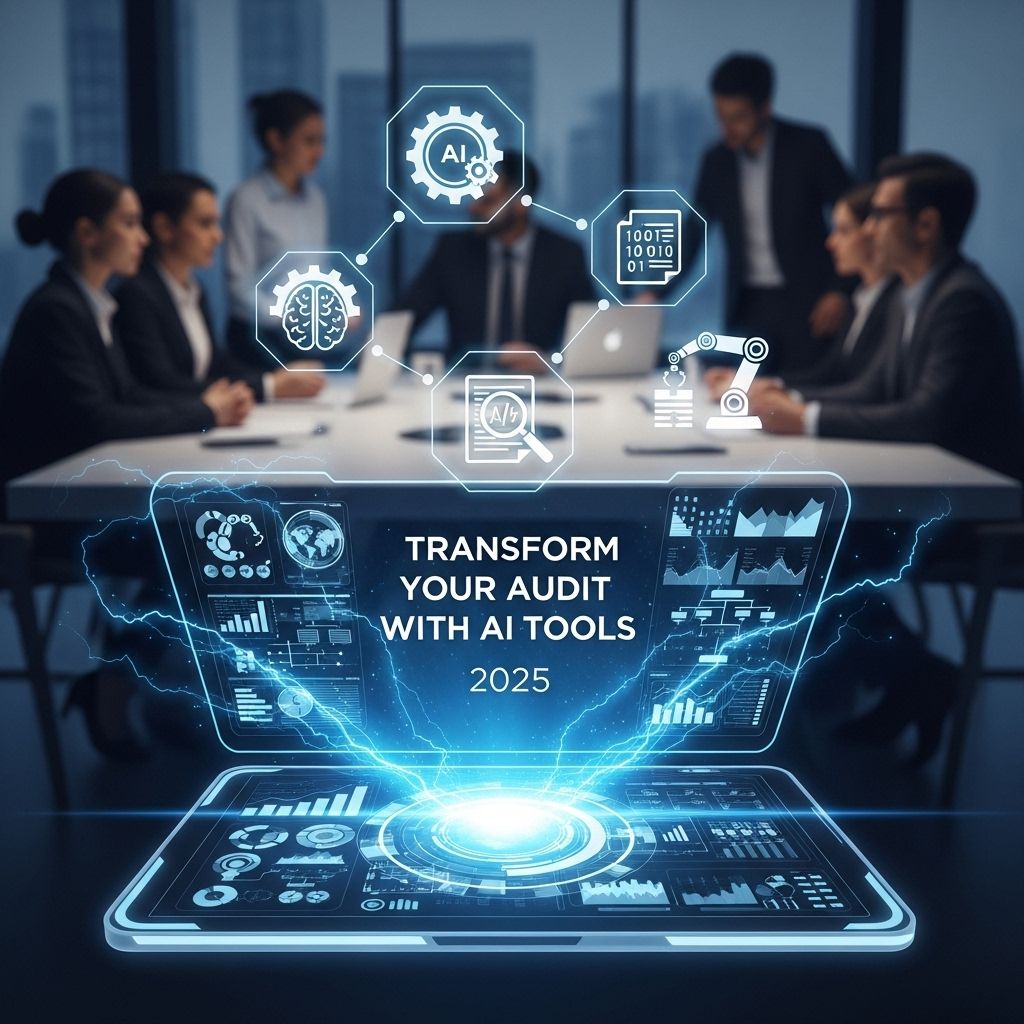Transform Your IT with AI-Powered Solutions
Discover how AI-powered platforms can revolutionize your IT operations, enhance efficiency, and drive innovation in your organization.

The rapid evolution of technology has paved the way for artificial intelligence (AI) to become a cornerstone of modern IT solutions. Businesses are increasingly leveraging AI-driven platforms to optimize operations, enhance decision-making, and improve customer experiences. With an array of tools and applications available, understanding how to effectively integrate AI into your IT infrastructure is crucial for staying competitive in today’s landscape.
Table of Contents
Understanding AI in IT
AI in Information Technology encapsulates a broad range of technologies that allow machines to simulate human intelligence, processes that traditionally require human cognition.
Key Components of AI
- Machine Learning (ML): Algorithms that enable systems to learn and improve from experience without explicit programming.
- Natural Language Processing (NLP): Technology that enables machines to understand and interpret human language.
- Computer Vision: Techniques that allow computers to interpret and make decisions based on visual data.
- Robotic Process Automation (RPA): Automation of repetitive tasks traditionally done by humans.
Benefits of AI-Powered Platforms
Implementing AI-powered platforms can streamline processes across various domains. Here are some crucial benefits:
- Improved Efficiency: Automating repetitive tasks allows IT teams to focus on more strategic initiatives.
- Enhanced Decision Making: AI provides data-driven insights that can help in making better business decisions.
- Cost Reduction: By optimizing processes and reducing the need for human intervention, businesses can significantly cut costs.
- Scalability: AI systems can easily scale to handle increased workloads without proportional increases in resource allocation.
Implementing AI in Your IT Strategy
Integrating AI into your IT strategy requires careful planning and execution. Below are key strategies to consider:
1. Assess Your Current Infrastructure
Before implementing AI, understanding your existing infrastructure is crucial. Evaluate your current systems, processes, and capabilities to identify potential gaps and areas for improvement.
2. Define Your Objectives
Establish clear objectives for what you aim to achieve with AI. Whether it’s automating processes, enhancing customer interactions, or improving data analysis, having defined goals will guide your implementation.
3. Choose the Right Tools
Selecting the appropriate AI tools is critical. Below is a comparison table of some popular AI platforms:
| Platform | Key Features | Best For |
|---|---|---|
| TensorFlow | Open-source, flexible architecture, vast community support | Machine learning model development |
| Azure AI | Integrated cloud services, machine learning capabilities | Enterprise-level solutions |
| IBM Watson | Advanced NLP, data analysis, tailored industry solutions | Customer service and data-driven insights |
| Google AI Platform | AutoML, pre-trained models, Cloud integration | Data scientists and machine learning engineers |
Challenges of AI Integration
While the advantages of AI are substantial, organizations may face several challenges during integration:
Data Quality and Availability
AI systems rely heavily on quality data. Organizations must ensure they have clean, well-structured data available for training AI models.
Talent Shortage
There is a significant demand for skilled professionals in AI and data science, which can make it challenging to find the right talent for implementation.
Integration with Legacy Systems
Many businesses operate on legacy systems that may not easily integrate with modern AI platforms, requiring additional investment and time.
Case Studies: Successful AI Implementations
Here are a few examples of organizations that have successfully implemented AI into their IT strategies:
Company A: Automating Customer Service
Company A integrated an AI chatbot into their customer service operations, which resulted in a 30% reduction in response time and a 25% increase in customer satisfaction ratings.
Company B: Optimizing Supply Chain
Company B utilized machine learning to predict supply chain disruptions, reducing delays by 40% and significantly lowering operational costs.
Company C: Enhancing Data Analysis
By employing advanced analytics powered by AI, Company C was able to identify sales trends and customer preferences, leading to a 15% increase in sales revenue over the last quarter.
The Future of AI in IT
The future of AI in the IT sector looks promising, with trends pointing towards increasing automation, enhanced collaboration between humans and machines, and the emergence of more sophisticated AI applications.
Emerging Trends to Watch
- Explainable AI: As AI systems become more complex, the need for transparency and understanding of AI decision-making is growing.
- AI Ethics: The ethical implications of AI usage are being more heavily scrutinized, prompting organizations to adopt responsible AI practices.
- Hybrid AI Models: Combining different AI approaches for more robust solutions is becoming increasingly common.
Conclusion
Transforming your IT infrastructure with AI-powered platforms is no longer a luxury but a necessity for organizations aiming to lead in their respective industries. By understanding the key components, benefits, challenges, and future trends of AI, businesses can harness its full potential for sustainable growth and competitive advantage. Embracing AI is not just about technology; it’s about rethinking how businesses operate and innovate.
FAQ
What are AI-powered platforms for IT transformation?
AI-powered platforms are software solutions that leverage artificial intelligence to automate processes, enhance decision-making, and improve overall efficiency in IT operations.
How can AI improve IT operations?
AI can enhance IT operations by automating routine tasks, predicting system failures, optimizing resource allocation, and providing data-driven insights for better decision-making.
What are the benefits of using AI in IT?
The benefits of using AI in IT include increased operational efficiency, reduced downtime, enhanced customer experience, cost savings, and the ability to analyze large sets of data quickly.
Is AI implementation in IT expensive?
While there can be initial costs associated with implementing AI solutions, many businesses find that the long-term savings and efficiency gains outweigh these costs.
How do I choose the right AI platform for my IT needs?
Choosing the right AI platform involves assessing your specific IT challenges, evaluating the features of different platforms, considering integration capabilities, and understanding your budget.







